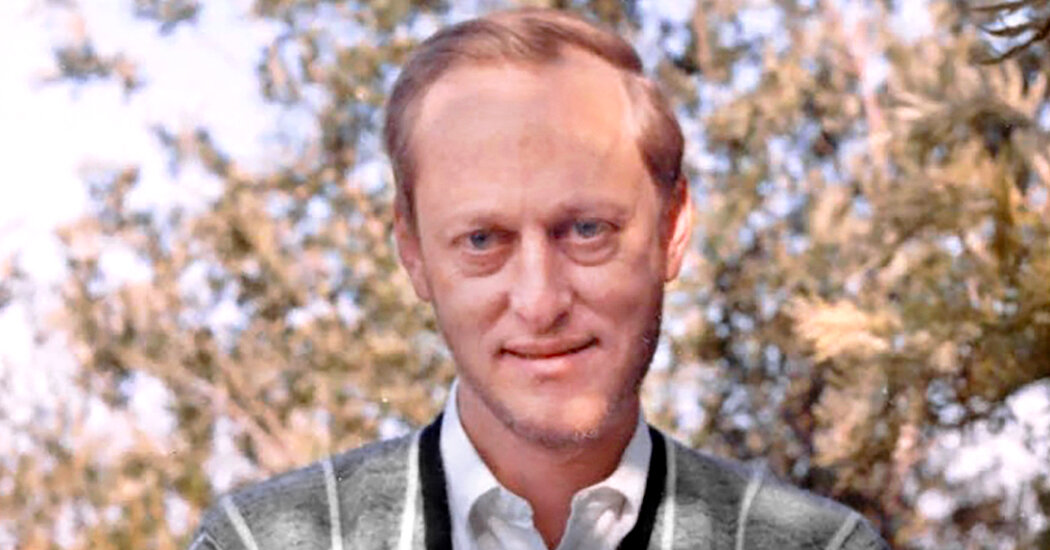Using ground-based radars, Dr. Goldstein pioneered measurement techniques that scientists now use to chart geographical changes on Earth.
Richard M. Goldstein, a trailblazer in planetary exploration who used ground-based radars to map planets with techniques that scientists now use to measure geographical changes on Earth, including melting glaciers, died on June 22 at his home in La Cañada Flintridge, Calif. He was 97.
His daughter, Rabbi Lisa L. Goldstein, confirmed the death.
In the early 1960s, Dr. Goldstein was a graduate student in electrical engineering at the California Institute of Technology and working part time at NASA’s Jet Propulsion Laboratory when he proposed, as his thesis topic, trying to detect echoes from Venus using the Goldstone Solar System Radar, which had been newly developed by the space agency.
If successful, scientists would learn the distance from Earth to Venus, essentially laying the foundation to map the entire solar system. His adviser at Caltech was more than skeptical; Venus, in NASA’s description, was a “cloud-swaddled” planet covered by thick gasses, and previous attempts to reach the planet using other radars had produced mixed results.
“No echo, no thesis,” Dr. Goldstein’s adviser told him, according to “To See the Unseen: A History of Planetary Radar Astronomy” (1996) by Andrew J. Butrica, a science historian.
He proceeded anyway. On March 10, 1961, technicians pointed the new radar at Venus. Six and a half minutes later, signals from Venus returned. Dr. Goldstein had proved his adviser wrong. He soon bounced signals off Mercury and Mars, as well as Saturn’s rings.
The study’s influence on solar system research was immense.
“The measurements he did of the distance to Venus made it possible to do accurate navigation within the solar system,” said Charles Werner, a former senior engineer at the Jet Propulsion Laboratory. “If you know one distance, it’s like a ruler that allows you to calibrate everything else and to be able to navigate spacecraft in the solar system accurately.”
